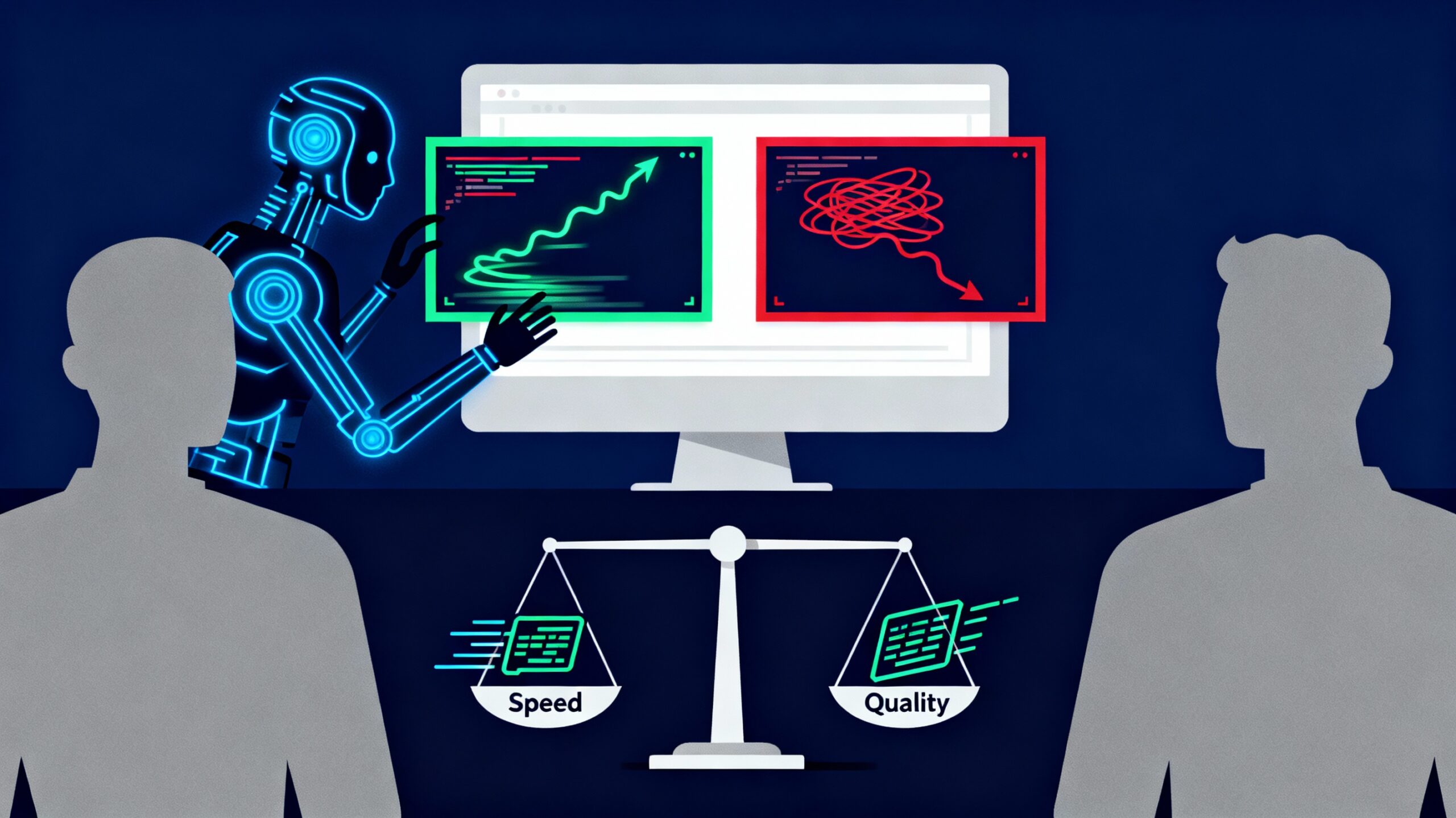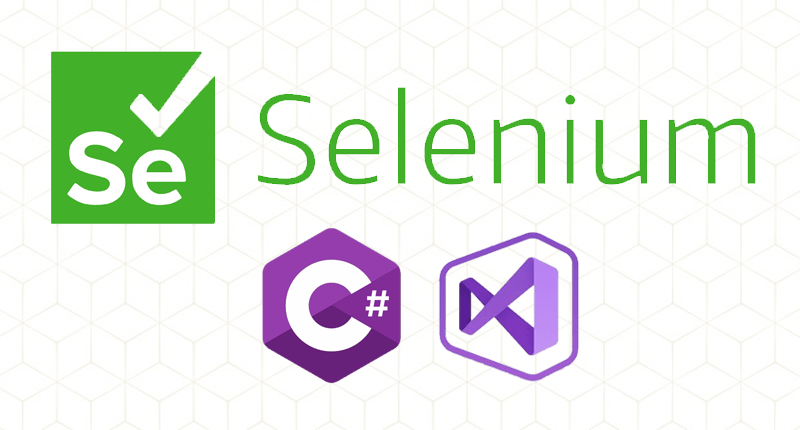When adopting new tools like AI, it’s easy to believe in instant productivity gains. But have you ever measured whether AI truly accelerates your coding – and at what cost to quality?
We’ve explored eight major studies involving AI in software development. Results are diverse: some show significant acceleration; others report delays; and some caution about deteriorating code quality.
Why does this happen? It comes down to how you measure success – not just speed, but also the quality of code, debugging hours, and review cycles. If a feature is generated in ten minutes but rejected three times at code review, or if hidden bugs emerge after launch, is that real acceleration?
Let’s break down what leading research from Google, MIT, and others actually measured – and why context matters so much.
Why Coding Speed Isn’t Productivity
Businesses often discuss “faster development with AI,” referring to time-to-complete—a raw count of minutes to code a feature. But in reality, productivity is not “who finishes coding fastest,” but “how quickly do features reliably reach production?” That’s an entirely different metric.
What Should You Measure? Three Essential Metrics
- Writing Speed: Time from task assignment to initial code compilation. AI helps generate boilerplate faster—but that’s just step one.
- Team Throughput: Number of closed pull requests, and time from commit to merge. Even if individual coding speeds up, production is delayed if code review takes longer or requires more revisions.
- Delivery Performance: How often releases are deployed, the stability of those releases, and how quickly issues are resolved post-deployment.
Common Perception Traps
- Code Without Context
Current AI models can’t interpret your legacy systems, existing architecture, or modules already in use. AI may generate “correct but foreign” code that doesn’t fit your environment. - The Speed Expectation Illusion
A study by METR showed developers expected AI to speed them up by 24%. After the experiment, they revised their estimate to +20%. Nevertheless, measured results showed a 19% slowdown due to time spent prompting the AI, waiting for code generation, and debugging. - The Quality Problem
Code produced rapidly by AI often needs more revision and is prone to subtle bugs, increasing overall development time.
What Does the Data Say? Speed vs. Quality
Major studies paint a varied picture—some show code completion rates increase by 55%, others reveal a 19% slowdown. Quality metrics and context play a crucial role.
Optimists:
- Microsoft/GitHub (2023): Lab tasks saw developers complete code 55.8% faster with GitHub Copilot.
- MIT/Princeton/Penn: At companies like Microsoft and Accenture, Copilot users completed 26% more tasks—especially junior developers.
- Google (2024): For complex enterprise work, LLMs reduced time by 21%.
- GitHub × Accenture (2024): Team metrics also improved; PR merge rates increased and build success rates climbed.
Realists:
- GitClear (2024): Analysis of millions of code changes revealed an eightfold increase in duplicated code and doubled churn rates—AI tends to generate rather than refactor.
- DORA 2024: While AI improved code quality and review speeds by a few percent, throughput and delivery stability dropped when processes weren’t controlled.
- Google Internal Metrics: Developers accepted only 37% of AI code suggestions—meaning over half were rejected for quality issues.
Pessimists:
- METR (July 2025): Senior developers working on mature open-source projects saw a 19% slowdown with AI due to extra time spent in prompt engineering and code validation.
Who Actually Benefits?
Study conditions reveal the pattern:
| Study | Result | Participants | Conditions | Measured |
|---|---|---|---|---|
| GitHub/Microsoft | +55.8% | All levels | Synthetic HTTP server | Writing Speed |
| MIT/Princeton/Penn | +26% | Broad sample | Real company work | Completed Tasks |
| Google RCT | +21% | Google engineers | Enterprise scenarios | Writing Speed |
| METR | -19% | Senior developers | Mature projects | Writing Speed |
| GitClear | ↓Quality | Codebase analysis | Mixed enterprise/open source | Duplicates, churn, defects |
Bottom line:
- Junior/mid-levels and those working on unfamiliar projects or simple tasks gain most from AI.
- Senior developers working on complex, established codebases may actually slow down.
Measuring Real Impact at Your Company
For your development team, compare coding with and without AI by tracking:
- Speed: Time to first compile, time to ready PR, average bug fix time, time spent consulting documentation.
- Quality: Ratio of PRs merged first try, CI pass rates, defects/1,000 lines, maintainability indexes, refactored code proportions.
- Process: Time from commit to production, deployment frequency, rate of failed deployments, recovery times.
- Developer Experience: Cognitive load (self-reported or wearable tech), frequency of “flow” state, context switches, job satisfaction.
Only by monitoring all these factors can teams decide: did AI really speed you up, or did you just move problems downstream?







About The Author: Yotec Team
More posts by Yotec Team